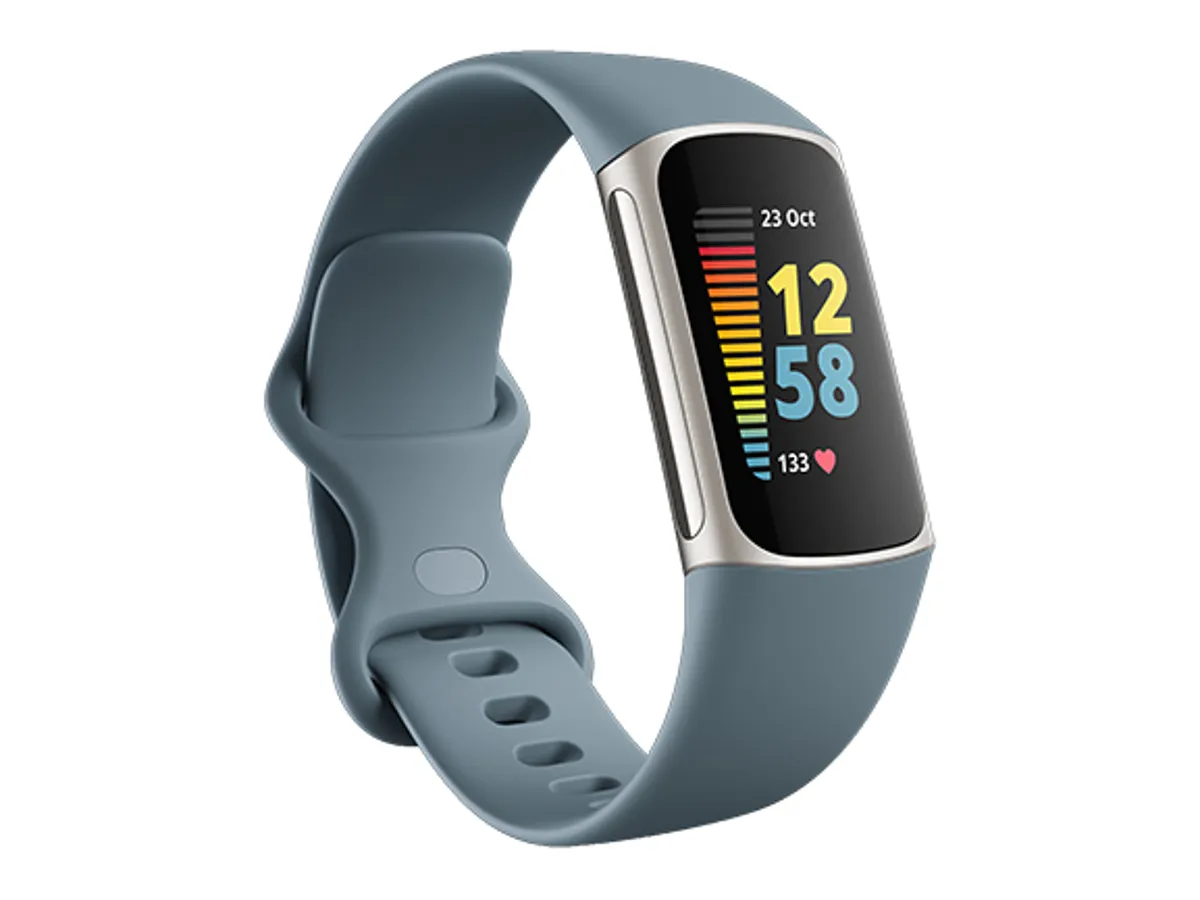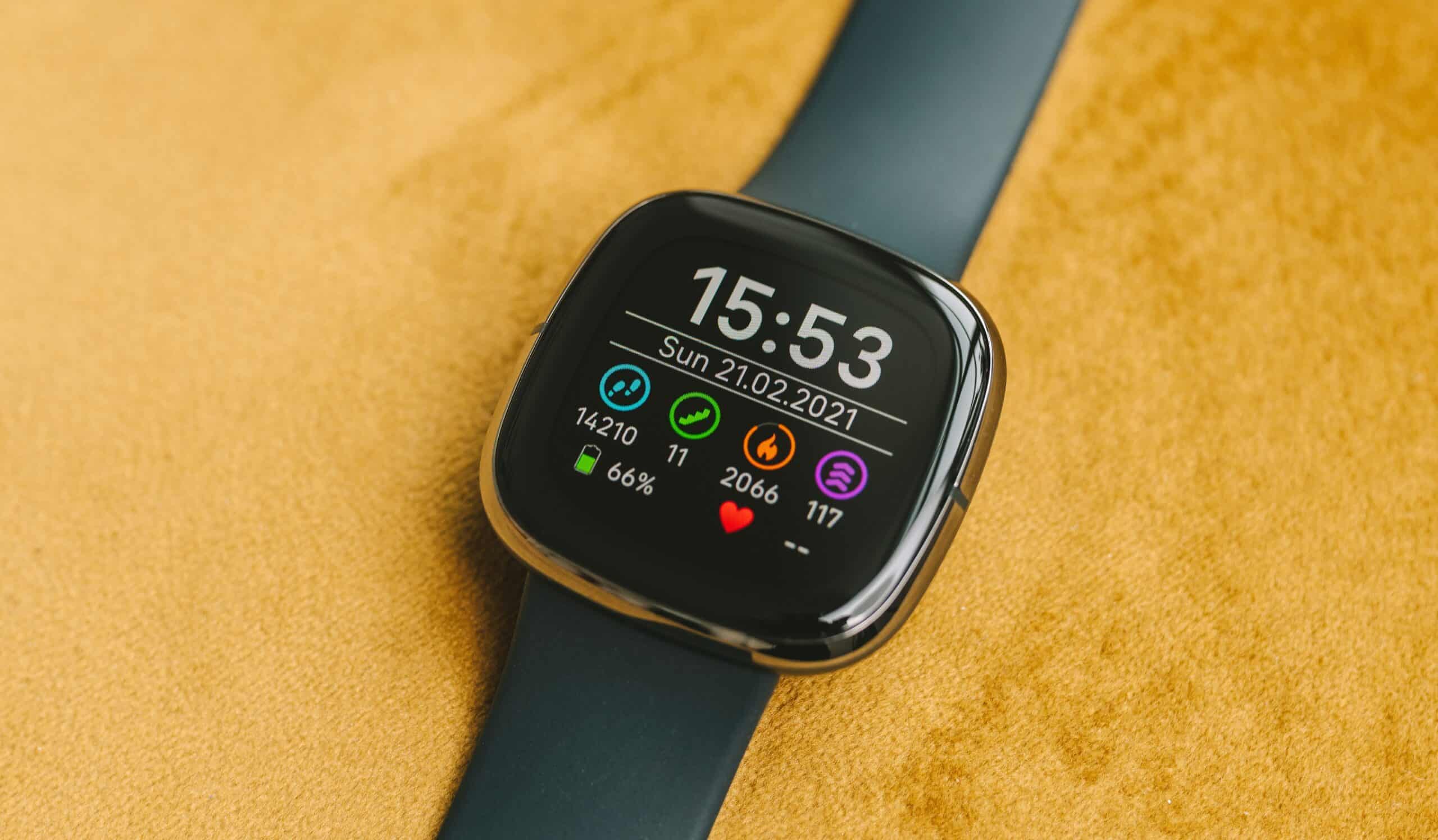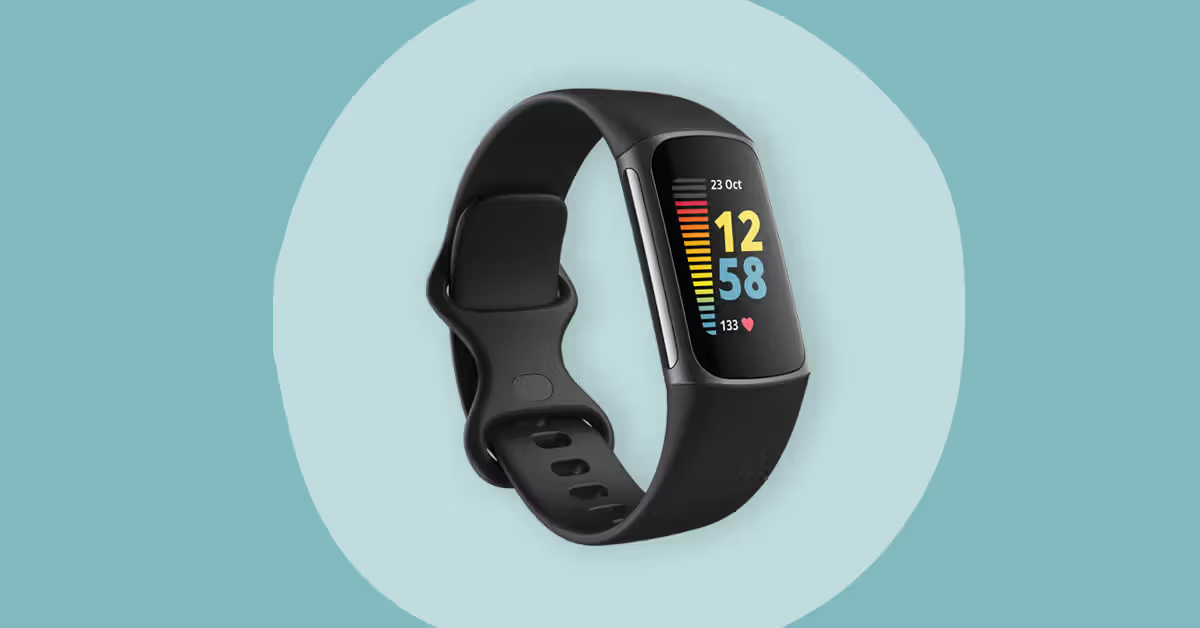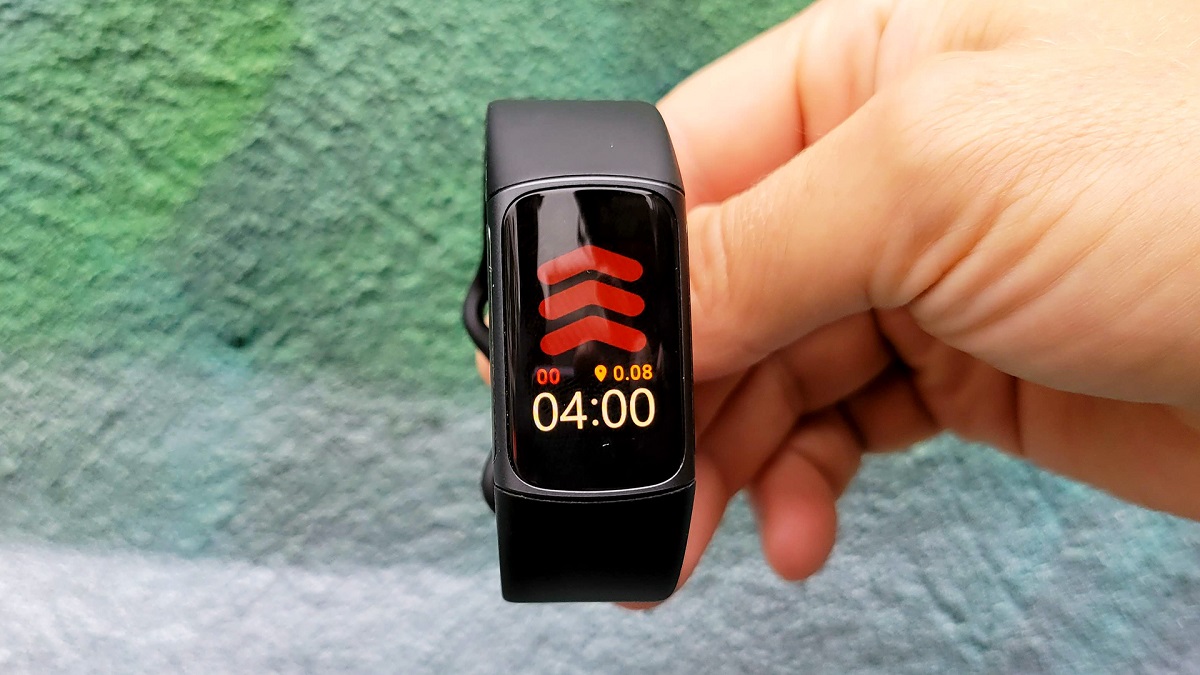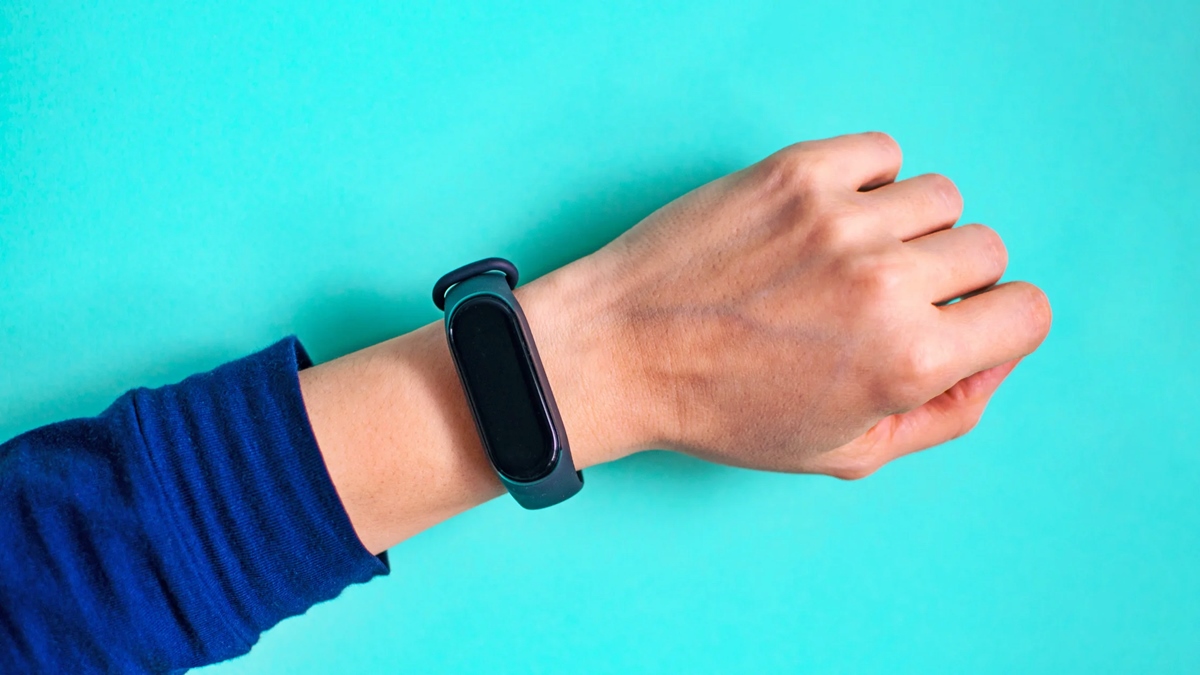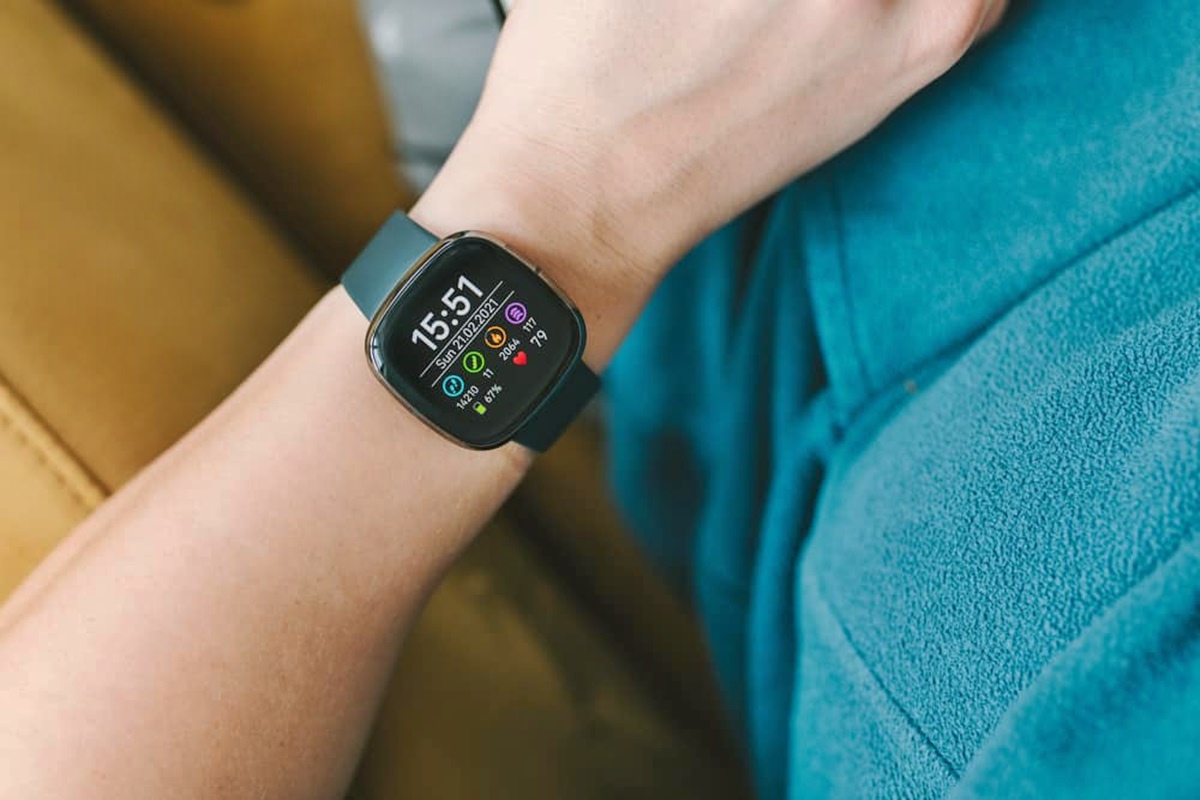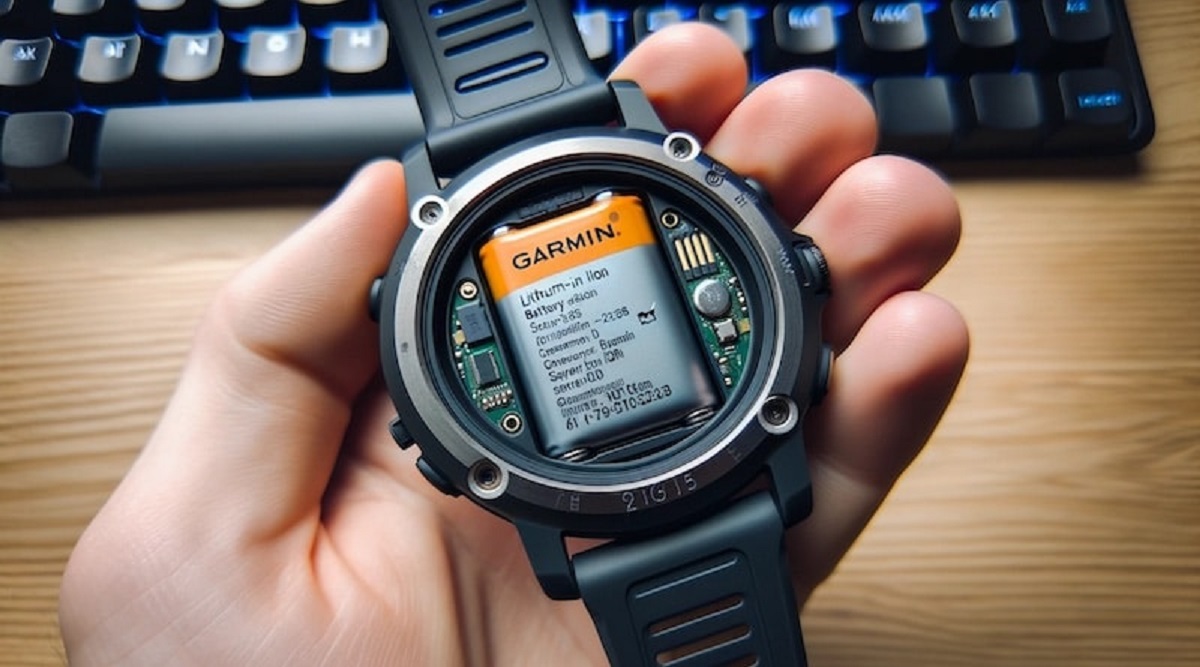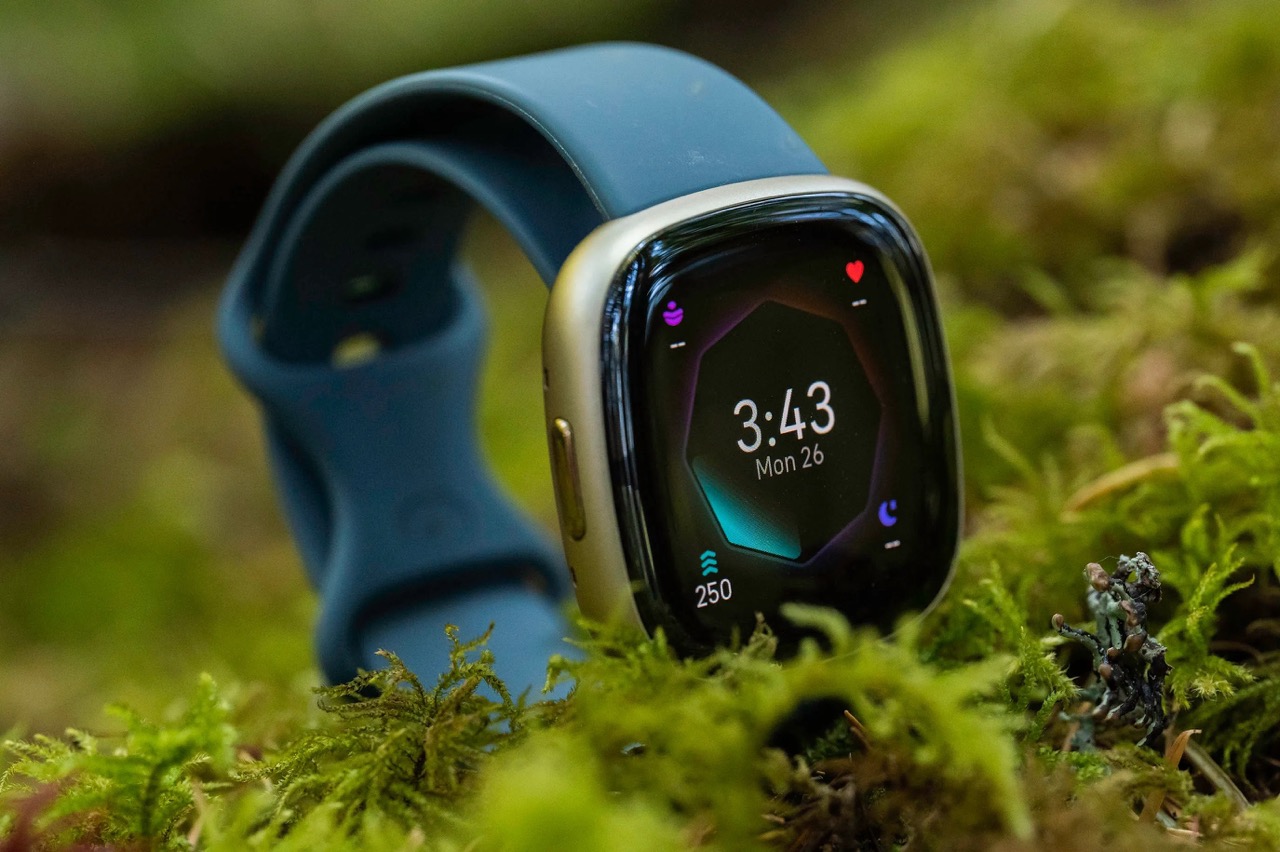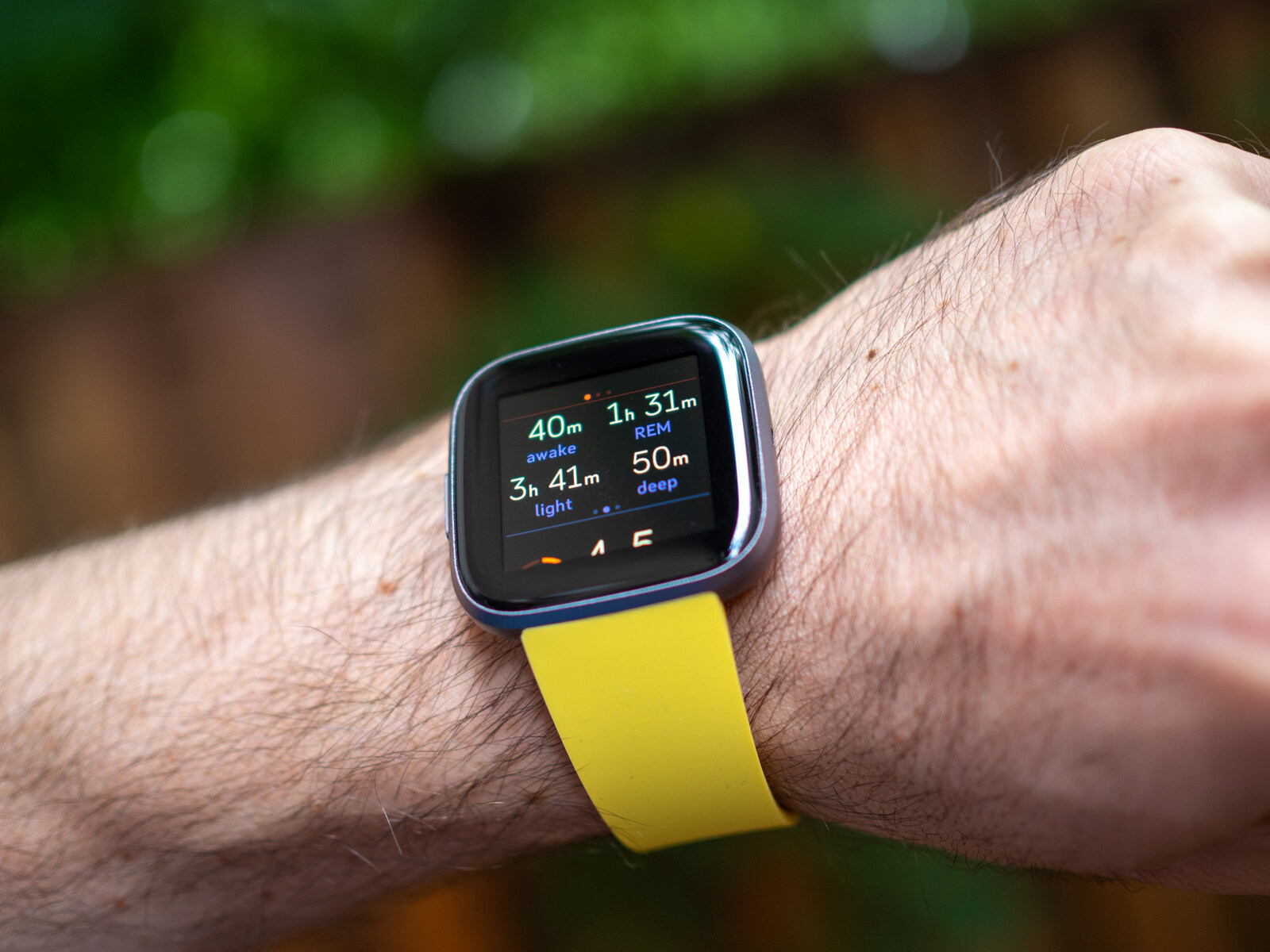Introduction
Wearable technology has revolutionized the way we approach fitness and health monitoring, with Fitbit devices standing at the forefront of this innovation. These sleek, versatile gadgets have become integral companions for individuals striving to lead healthier lifestyles or seeking to track their fitness progress. However, as with any electronic device, understanding the lifespan of a Fitbit is crucial for users who want to maximize their investment and ensure continued functionality.
The lifespan of a Fitbit device encompasses its durability, battery longevity, and overall performance over time. By gaining insights into the factors that influence the lifespan of these devices, users can make informed decisions about their usage, maintenance, and potential upgrades. Additionally, understanding common issues and troubleshooting methods can help mitigate problems and extend the lifespan of these popular wearables.
In this article, we will delve into the various factors that can impact the lifespan of a Fitbit device, offering valuable tips for prolonging its longevity. Furthermore, we will explore common issues that users may encounter and provide practical troubleshooting techniques. By the end of this comprehensive guide, readers will have a deeper understanding of how to optimize the lifespan of their Fitbit devices, empowering them to make the most out of these cutting-edge fitness companions.
Factors Affecting Fitbit Lifespan
The lifespan of a Fitbit device is influenced by various factors that encompass both its hardware and software components. Understanding these factors is essential for users looking to maximize the longevity of their Fitbit and ensure optimal performance over time.
1. Build Quality:
The durability and build quality of a Fitbit device play a significant role in determining its lifespan. Devices constructed with high-quality materials and robust design are more likely to withstand daily wear and tear, ensuring a longer operational lifespan. Factors such as the resilience of the display, the integrity of the casing, and the quality of the internal components contribute to the overall durability of the device.
2. Battery Health:
The battery is a critical component that directly impacts the lifespan of a Fitbit device. Over time, the battery's capacity gradually diminishes due to regular charging cycles. The frequency of charging, the charging habits of the user, and exposure to extreme temperatures can all influence the overall health and longevity of the battery. Additionally, the efficiency of power management systems within the device can affect how well the battery retains its charge capacity over time.
3. Software Updates:
Regular software updates from Fitbit can significantly impact the lifespan and performance of the device. These updates often include bug fixes, performance enhancements, and new features that can optimize the device's functionality. However, outdated software or lack of updates may lead to compatibility issues, security vulnerabilities, and reduced overall performance, potentially shortening the lifespan of the device.
4. Environmental Factors:
Environmental conditions, such as exposure to moisture, extreme temperatures, and physical impact, can impact the lifespan of a Fitbit device. Prolonged exposure to moisture or extreme heat can compromise the internal components and lead to malfunctions, while physical impact or rough handling can result in structural damage that affects the device's longevity.
5. Usage Patterns:
The frequency and intensity of usage can also influence the lifespan of a Fitbit device. Continuous, high-intensity usage, such as prolonged GPS tracking or frequent syncing with a smartphone, can accelerate wear on internal components and the battery, potentially shortening the device's lifespan. Conversely, moderate and mindful usage can contribute to prolonged longevity.
Understanding these factors can empower Fitbit users to make informed decisions regarding the care, maintenance, and usage of their devices, ultimately extending their lifespan and ensuring a satisfying user experience.
Tips for Extending Fitbit Lifespan
-
Regular Maintenance: Clean your Fitbit device regularly to prevent the accumulation of dirt, sweat, or other substances that may affect its performance. Use a soft, damp cloth to gently wipe the device, ensuring that the charging ports and sensors are free from debris. Proper maintenance can help preserve the integrity of the device and extend its lifespan.
-
Optimized Charging Habits: Adopting healthy charging habits can significantly impact the longevity of your Fitbit device's battery. Avoid leaving the device plugged in for extended periods after reaching full charge, as this can contribute to unnecessary strain on the battery. Additionally, using the official charging cable provided by Fitbit and avoiding third-party chargers can help maintain the battery's health.
-
Firmware Updates: Stay vigilant about installing firmware updates released by Fitbit. These updates often contain performance enhancements, bug fixes, and security patches that can contribute to the overall longevity and efficiency of the device. Keeping the firmware up to date ensures that your Fitbit operates optimally and is less susceptible to potential issues that could impact its lifespan.
-
Mindful Usage: Be mindful of how you use your Fitbit device to preserve its longevity. Avoid subjecting the device to unnecessary physical stress or impacts, and consider removing it during activities that may expose it to excessive moisture or extreme temperatures. Additionally, moderate your usage of battery-draining features, such as continuous GPS tracking, to reduce wear on the device's components.
-
Proper Storage: When not in use, store your Fitbit device in a safe and dry environment, away from direct sunlight and extreme temperatures. Proper storage can help prevent damage caused by environmental factors and ensure that the device remains in optimal condition for an extended period.
-
Regular Inspections: Periodically inspect your Fitbit device for any signs of wear, damage, or malfunctions. Check for loose components, cracks, or irregularities that may indicate potential issues. Addressing these issues promptly can help prevent further damage and extend the lifespan of the device.
By implementing these practical tips, Fitbit users can proactively contribute to the longevity and optimal performance of their devices, ensuring a seamless and reliable fitness tracking experience for an extended period.
Common Issues and Troubleshooting
Fitbit devices, like any complex electronic gadgets, may experience common issues that can impact their functionality and user experience. Understanding these issues and having the knowledge to troubleshoot them can significantly extend the lifespan of the device and ensure uninterrupted usage. Here are some of the common issues encountered by Fitbit users along with effective troubleshooting methods:
1. Syncing Problems:
Syncing issues can arise when the Fitbit device fails to connect with the companion app or sync data accurately. To troubleshoot this, start by ensuring that the device is within close proximity to the smartphone and that Bluetooth is enabled. If syncing problems persist, restarting the device or the smartphone, and ensuring that both the device and app are updated to the latest firmware versions can often resolve the issue.
2. Battery Drain:
Experiencing rapid battery drain can be frustrating for Fitbit users. To address this, consider disabling features such as continuous heart rate monitoring or GPS tracking when not in use. Additionally, performing a reset on the device or ensuring that the firmware is up to date can help optimize battery performance and mitigate excessive drainage.
3. Unresponsive Display:
An unresponsive or frozen display can hinder the usability of a Fitbit device. If the display becomes unresponsive, performing a restart by holding down the device's power button for a few seconds can often resolve the issue. If the problem persists, a factory reset may be necessary to restore the device to its default settings.
4. Inaccurate Tracking:
Fitbit devices rely on precise sensors to track activities, heart rate, and sleep patterns. Inaccurate tracking can occur due to improper device placement or sensor interference. Troubleshoot this issue by ensuring that the device is worn correctly and that the sensors are free from obstructions or debris. Additionally, updating the device's firmware and recalibrating its sensors can help improve tracking accuracy.
5. Charging Problems:
Issues related to charging, such as the device not charging or difficulty in establishing a connection with the charger, can impede the device's functionality. Troubleshoot this by cleaning the charging ports and ensuring that the charger and cable are undamaged. Using the official Fitbit charger and trying alternative power sources can also help resolve charging problems.
By being aware of these common issues and the corresponding troubleshooting methods, Fitbit users can effectively address potential problems and ensure the prolonged functionality of their devices. Additionally, staying informed about firmware updates and best practices for device maintenance can further contribute to a seamless Fitbit experience.
Conclusion
In conclusion, the lifespan of a Fitbit device is influenced by a myriad of factors, including build quality, battery health, software updates, environmental conditions, and usage patterns. Understanding these factors empowers users to make informed decisions regarding the care, maintenance, and usage of their devices, ultimately extending their lifespan and ensuring a satisfying user experience.
By implementing practical tips such as regular maintenance, optimized charging habits, staying vigilant about firmware updates, mindful usage, proper storage, and regular inspections, Fitbit users can proactively contribute to the longevity and optimal performance of their devices. These measures not only enhance the durability of the device but also ensure a seamless and reliable fitness tracking experience for an extended period.
Moreover, being aware of common issues such as syncing problems, battery drain, unresponsive display, inaccurate tracking, and charging problems, along with effective troubleshooting methods, enables users to address potential problems and ensure the prolonged functionality of their devices. By staying informed about firmware updates and best practices for device maintenance, Fitbit users can further contribute to a seamless Fitbit experience.
In essence, understanding the lifespan of a Fitbit device and taking proactive measures to maintain and troubleshoot potential issues are essential for maximizing the longevity and performance of these innovative fitness companions. By incorporating these insights into their Fitbit usage, users can enjoy the benefits of their devices for an extended period, enhancing their fitness tracking and overall wellness journey.







